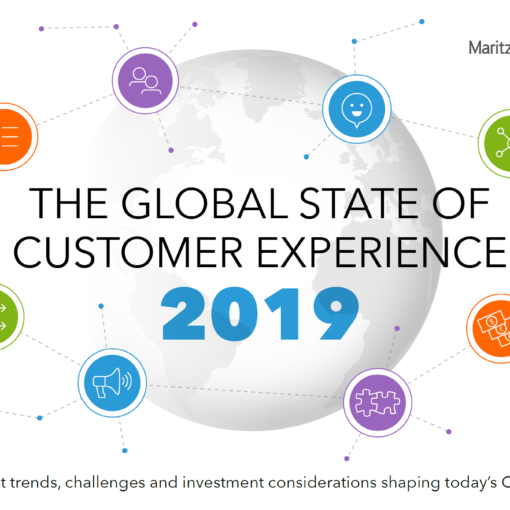In the complex, high-stakes world of industrial manufacturing, customer centricity is no longer optional – it’s the linchpin of sustainable growth. As markets grapple with digital disruption, supply chain volatility, and evolving client demands, manufacturers must pivot from product-centric models to strategies rooted in deep customer understanding. By embedding customer-centric principles into operations, industrial firms can unlock resilience, foster innovation, and secure long-term partnerships in an increasingly competitive landscape.
WHY INDUSTRIAL MANUFACTURERS NEED CUSTOMER CENTRICITY
Industrial clients increasingly prioritize tailored solutions, proactive support, and seamless collaboration over transactional relationships. A customer-centric approach enables manufacturers to anticipate needs – such as customized production workflows or predictive maintenance – while aligning R&D and supply chains with real-world pain points.
FOUR PILLARS OF CUSTOMER-CENTRIC SUCCESS
- Data-Driven Decision-Making
Leverage IoT sensors, CRM analytics, and customer feedback to uncover hidden needs. For example, usage data from machinery can inform predictive servicing schedules, reducing downtime for clients. - Inclusive Organizational Design
Break down silos between engineering, sales, and service teams. Cross-functional collaboration ensures faster response times and cohesive solutions, turning internal agility into a competitive edge. - Mutual Value Creation
Balance operational efficiency with client benefits, such as co-developing energy-efficient processes that cut costs for both parties. Transparent pricing models and risk-sharing agreements further strengthen trust. - Continuous Transformation
Adopt iterative improvement cycles using tools like WATC Consulting’s Customer Centricity Canvas to assess progress. Regular audits of customer journeys identify gaps in onboarding, delivery, or post-sale support.
OVERCOMING INDUSTRY-SPECIFIC CHALLENGES
- Legacy Systems: Modernize IT infrastructure to integrate real-time data across ERP, PLM, and CRM platforms, enabling personalized client interactions.
- Cultural Resistance: Foster a mindset shift by linking KPIs to customer outcomes (e.g., Net Promoter Score) rather than purely operational metrics.
- Complex Sales Cycles: Implement digital twins and virtual prototyping to involve clients early in design, reducing iterations and accelerating time-to-market.
MEASURABLE OUTCOMES
Manufacturers embracing these strategies report both improvements in customer retention and faster resolution of service requests. More critically, they position themselves as strategic partners, insulating against price-based competition.



